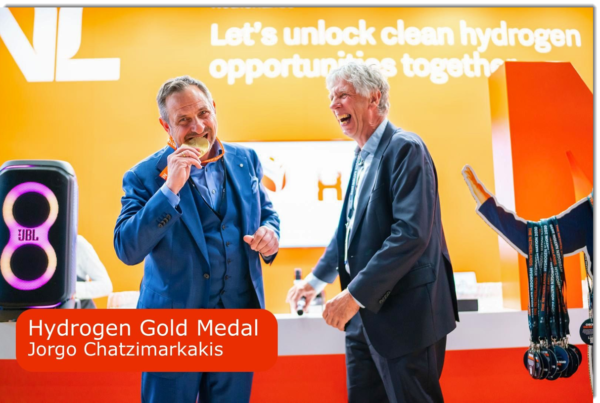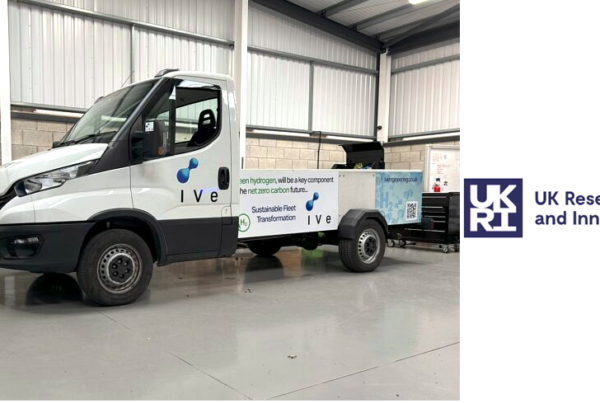
Key Findings:
- Hexagon’s objective is to secure the most commercial, practical and timely pathway to establish a large-scale decarbonised Hydrogen business in Northern Australia.
- Hexagon has completed a comprehensive Pre-Feasibility Study (PFS) on the Pedirka clean Hydrogen project. This PFS was based on the initial Pedirka scoping study and, through an extended scope, expanded to analyse broader routes to market.
- The completed PFS resulted in the following key findings:
– The production of Ammonia (as a hydrogen carrier) is more commercially viable than liquid hydrogen due to the capital and operational costs associated with handling and transporting liquid hydrogen as a product. Technology developments will, over time, create shifts that Hexagon will position itself on a commercial basis to capitalise on.
– Carbon Capture and Storage (CCS) or decarbonisation is a major cost consideration in selecting the project location. Minimising the cost of transporting CO2 for CCS and being able to tap into multi-user, established infrastructure based business models, to minimise total CCS costs toll charges, is crucial.
– Minimising gross CO2 production is a key driver of profitability. The use of low-cost renewables as the source of energy in the hydrogen conversion process and on-site CO2 capture and compression processes, and the potential use of natural gas rather than coal as the hydrocarbon feedstock, will significantly lower Hexagon’s total CCS costs and requirements.
– Locating the hydrogen plant at or near a substantial pre-established port facility brings significant commercial benefits to the project in terms of construction costs and ongoing operational expenses (OpEx).
– Locating the hydrogen plant adjacent to feedstock supply is also critical to minimising raw material logistics costs and, as a result, commercial returns. Low cost access to local process water supply and infrastructure impacts commercial returns, also.
– Participation in and capitalisation on well-funded hydrogen hub investments that share substantial upfront capital costs (CapEx) will result in improved commercial returns.
Lowest Risk, Lowest Capex Way Forward for Hexagon:
- As a result of these findings and the opportunities identified through the PFS work, Hexagon is now in a position to pursue a lower risk, lower CapEx and OpEx, more rapid and cost- effective route to market in establishing its clean Hydrogen business than the model originally laid out in the Pedirka scoping study. The findings better pave the way for Hexagon to substantially grow as the global clean Hydrogen market emerges.
- Details of the progress that has been made by Hexagon with a clean Hydrogen project in Western Australian will be announced to the market within the coming week.
Hexagon Energy Materials Limited (ASX: HXG; “HXG”, “Hexagon” or “the Company”) has completed the Pedirka clean Hydrogen Project (Pedirka) PFS. This announcement presents the results of the PFS and outlines the Company’s clean Hydrogen plans moving forward.
1. Hexagon’s clean Hydrogen Strategic Objectives
Hexagon’s clean Hydrogen strategic objectives are:
Value creation for shareholders through participation in the large, global, emerging clean Hydrogen market by developing projects that commercially deliver at scale. Hexagon is focused on creating a basis for future growth matched to emerging markets, on the following terms:
- Lowest possible production risk. By using technically proven-at-scale technologies which have a track record of being successfully (i.e., on time, budget and quality) constructed, commissioned and operated long-term at design capacity.
- Lowest possible cost (in Total life of project CapEx and OpEx terms).
- Most timely/efficient route to production.
These objectives underpinned the expanded PFS scope and review of other Northern Australian locations. Western Australia (WA) was specifically identified as a more attractive project opportunity location, based on the following favourable factors:
- More advanced and cost-effective CCS toll treatment services,
- Low-cost natural gas feedstock, available in the timeframe sought by Hexagon,
- Low-cost renewable energy,
- Low-cost process water, and
- Export/Port facility access.
Figure 1, below, illustrates Northern Australia’s attractions due to existing critical elements for commercial clean Hydrogen project development.
Further details on progress achieved with Hexagon’s WA Hydrogen Project, will be announced over the coming week.

Figure 1 – Northern Australia Infrastructure
Report link
Read the most up to date Fuel Cell and Hydrogen Industry news at FuelCellsWorks




